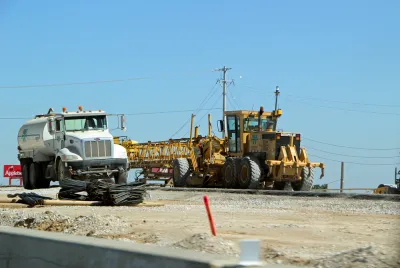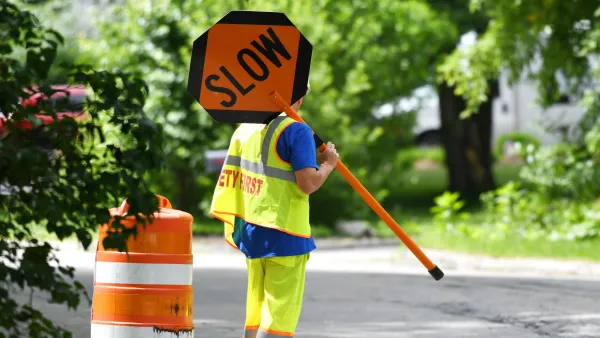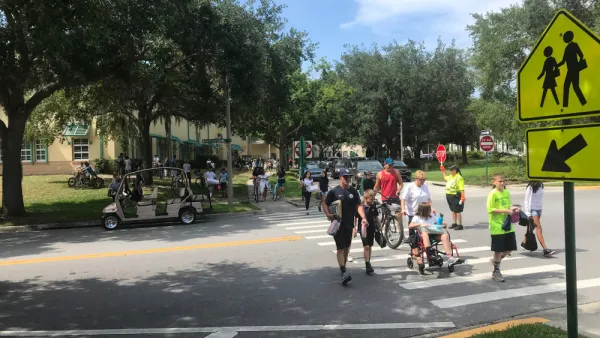The majority of federal infrastructure funding is not tied to federal requirements, letting states set their own targets for road safety and improvements.

"The lengths the U.S. Transportation Department can go in shaping how states spend money has emerged as a flash point in the implementation of the [federal] infrastructure package," writes Ian Duncan in The Washington Post.
When the highway administration conducted its most recent performance reviews, covering 2019 and 2020, it often graded states as having made progress even when they performed worse than in previous years. The most recent disclosures show that four states hit all 11 of their targets, yet no state made actual improvements across the board. In reality, 34 states slid backward on at least half of the measures that federal officials track.
"The law does not require that money go to repairing aging or dangerous infrastructure, leaving those spending decisions to state transportation leaders." According to the article, "The federal government has little direct control over what states build, handing over money in the form of huge grants."
While some programs have stricter requirements (for example, "states where cyclists and pedestrians account for more than 15 percent of road deaths will be required to dedicate funding to their safety"), the bulk of federal funding is not attached to specific targets.
While the Federal Highway Administration has defended the system, "The U.S. Transportation Department, however, recently indicated it intends to revisit the approach. A road safety plan that Buttigieg released early this year says the department will consider revising its rules to 'ensure that State safety performance targets demonstrate constant or improved performance for each safety performance measure.'"
FULL STORY: Under federal rules, ‘significant progress’ on infrastructure can mean more road deaths and decrepit bridges

Analysis: Cybertruck Fatality Rate Far Exceeds That of Ford Pinto
The Tesla Cybertruck was recalled seven times last year.

National Parks Layoffs Will Cause Communities to Lose Billions
Thousands of essential park workers were laid off this week, just before the busy spring break season.

Retro-silient?: America’s First “Eco-burb,” The Woodlands Turns 50
A master-planned community north of Houston offers lessons on green infrastructure and resilient design, but falls short of its founder’s lofty affordability and walkability goals.

Test News Post 1
This is a summary

Analysis: Cybertruck Fatality Rate Far Exceeds That of Ford Pinto
The Tesla Cybertruck was recalled seven times last year.

Test News Headline 46
Test for the image on the front page.
Urban Design for Planners 1: Software Tools
This six-course series explores essential urban design concepts using open source software and equips planners with the tools they need to participate fully in the urban design process.
Planning for Universal Design
Learn the tools for implementing Universal Design in planning regulations.
EMC Planning Group, Inc.
Planetizen
Planetizen
Mpact (formerly Rail~Volution)
Great Falls Development Authority, Inc.
HUDs Office of Policy Development and Research
NYU Wagner Graduate School of Public Service




























